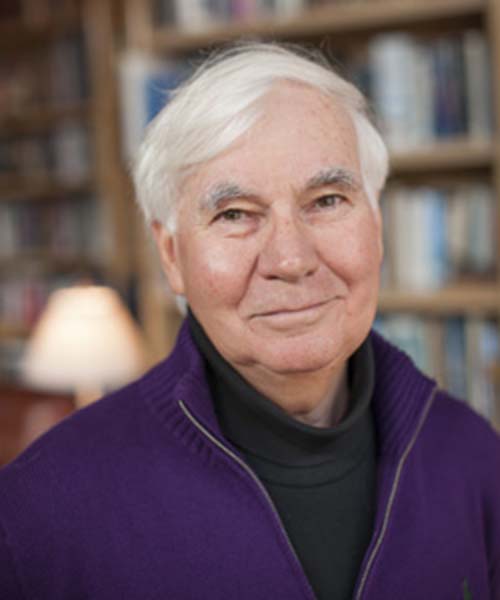Bob Teufel ’59 ’91P ’16GP spent his career at Rodale as a writer, editor, and then president, turning the $60 million publisher into a $500 million powerhouse. One reason for that monumental upswing was the launch of Men’s Health magazine. At 36 years old, the magazine today has 35 editions across 59 countries and was named the best “performer of the decade” by Capell Circulation Report. Here’s how the international juggernaut got started.
 Origin of Men’s Health
Origin of Men’s Health
I saw Mark Bricklin, editor of Prevention magazine, in the cafeteria at work, having his morning coffee and asked him about a women’s health newsletter we had created. While it took off, the renewals were very low. I then suggested creating a newsletter dedicated to men’s health. In that moment, Bricklin dismissed the notion, but the next day when I saw him with his morning coffee, he said he looked at three years of back issues and only found three articles dedicated to men’s health.
So we decided to try it as a newsletter and mailed it to the same list that received our executive fitness newsletter. It was well received. So we then decided to test it on the newsstand as a one-off magazine. That issue performed well. The second issue not as much. But we were undeterred and placed the blame on the cover photo.
Cover photos
The second issue featured a guy holding a baby. It was the concept of tough but tender, but the approach didn’t translate well to our readers. Later in a suburban focus group in Philadelphia, we shared cover concepts with participants. One said it should always be “a guy I couldn’t beat up.” That became our central conceit for covers for years.
That boring name
A female executive on the team said the name was bad, so we tested it. We conducted market research, focus groups, and visual tests to see what would perform best on the newsstand. Men’s Health won every time. That was even the case in Germany. The executives at Motor Presse who publish Men’s Health in Germany didn’t think the title would work there. So they tested a few including a literal translation, Herr Gesundheit. Men’s Health remained on the masthead.
While the name may be unimaginative, the execution made it work. Mike Lafavore, who worked to promote the magazine, wanted readers to say after reading each page, “I didn’t know that.”
Tame tagline
Even the tagline was bland: “Tons of useful stuff for regular guys.” While the magazine was health-focused, it was not a medical tome. Instead, it treated serious issues with an approachable voice, light touch, and sense of humor. It worked. Men found it of value.
International circulation
The concept translated well too. It became the best-selling magazine in Russia. It had a very strong foothold in Germany. But it never caught hold in France.
Rodale had an office in England where our staff would publish it in the United Kingdom, but in other countries, publishers would license it or work with us as a joint venture. We’d have guidelines for them to follow and send a digital file that they would adapt — reshooting images and translating copy.
Advertisers
Rodale was anchored by circulation, not ad dollars. Men’s Health was hard to sell to some advertisers. We had some athletic brands and pain medicine, but we couldn’t break through to other categories. Back then, the sales team also faced unfair stereotypes where advertisers thought the readers were gay.
We hired Jeff Morgan, who helped us shift that perception, moving us from a health magazine to a men’s magazine, more aligned with Esquire, Playboy, and GQ. Jeff was able to gain a meeting with Ralph Lauren, who loved Men’s Health and read every issue. That was a gatekeeper account. Ralph got what we were doing and had the power to bring other advertisers along.
From magazine to month
Patrick Taylor led our corporate communications team and worked to get men’s health — not the magazine but the issue — its own month. Bob Dole, then Kansas senator, who faced a number of health issues in his lifetime, sponsored the bill in the U.S. Senate. While a noble issue, I’m sure our goal then was to sell more copies of the magazine.
If Bob Rodale was altruistic, then I was the mercenary, nee business oriented. I was a writer and marketing guy. But Rodale influenced the lives of the people who worked there. I handpull the weeds in my well-toured perennial garden. I am aware of what I eat. I recycle. While I had to give up running because of my knees, I still walk several miles each day with my wife.
Recently when I stepped away from a board I served on, they thanked me for my service by lampooning Men’s Health. My face was photoshopped on the cover with stories about flyfishing and an ab workout. So it’s clear the magazine made an impact.
For more information on the magazine and Rodale Publishing, visit the Rodale Archives in Lehigh Libraries Special Collections.